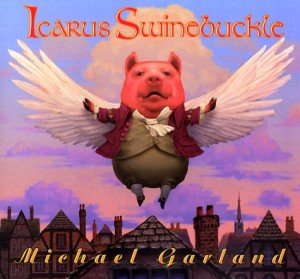Common Sense Media announced a new privacy initiative this week along with the results of their survey showing that 92 percent of parents are concerned about protecting their children’s privacy online.
The Common Sense Privacy Campaign will include the distribution of consumer tips, information, and videos to millions of homes and a new privacy curriculum for teachers and schools around the country. The campaign will challenge technology companies and operators to develop far better policies that make it easier for parents and kids to protect personal information online and will also ensure that parents’ and kids’ voices are being heard in Washington, D.C., through a national awareness and advocacy campaign.
According to a recent study by The Wall Street Journal, 50 of the most popular U.S. websites are placing intrusive tracking technologies on visitors’ computers — in some cases, more than 100 tracking tools at a time. Fifty sites popular with U.S. teens and children placed 4,123 “cookies,” “beacons,” and other tracking technologies on their sites — 30 percent more than similar sites aimed at adults. Tracking technology scans in real time what people are doing on a webpage, then instantly assesses location, income, shopping interests, and even medical conditions. Individuals’ profiles are then bought and sold on stock-market-like exchanges that have sprung up in the past 18 months.
Congress’ primary goal in creating the Children’s Online Privacy Protection Act (COPPA) in 1998 was to help parents control the information that’s collected from and about their children online and to control how that information is used. But today, extraordinary changes in technology and digital media have made it far more difficult for parents and young people to protect their privacy. The Zogby poll finds that more than 60 percent of parents want Congress to update online privacy laws for children and teens, and 70 percent of parents think schools should educate about online privacy.
Common Sense Media head Jim Steyer asked industry to let parents know how information will be used before it’s collected and use short and simple privacy policies instead of confusing and dense policies that take hours to read. He said industry should support ‘Do Not Track Kids’ and should provide parents and kids the opportunity to clear their histories with an “eraser button.”
Their goals:
We challenge industry, educators, policymakers, and parents to
protect kids’ privacy:
1. Do not track kids. No behavioral marketing for kids.
2. Opt in. Kids shouldn’t have to opt out of something to keep third parties — like marketers — from tracking them.
3. Clear & simple statements. Privacy statements should be easy to read and understand.
4. Everyone needs privacy education. Parents, teachers, and kids need to be educated about the risks of loss of privacy and how to control their personal information.
5. Innovate to protect. Industry must focus on creating better privacy protections.
6. Privacy for the 21st century. Government needs to update privacy policies to keep up with the times.
CSM has resources every parents should look at, including “10 Ways You’re Not as Private As You Think” and Staying Safe and Secure in a Digital World. Too many families have learned that “stranger danger” and bullying can come into their homes and into their children’s lives through the internet. Larry Magid’s SafeKids.com has some thoughts on the survey and proposals and GetNetWise, a cooperative project of public interest groups and industry, has some good guidelines for kids of all ages that families should discuss.
— with a singing Sean Connery! The banshee coach still scares me.) It is impossible for even the most attentive parent to predict what any individual child will find upsetting all the time. The best you can do is help your child develop some techniques for responding to being scared. Just knowing those options are there will add to the child’s confidence and reduce the intensity and duration of any disturbance. Some good techniques are to talk about what the child would like to say to the scary character or how the child would like to see the story end instead.


